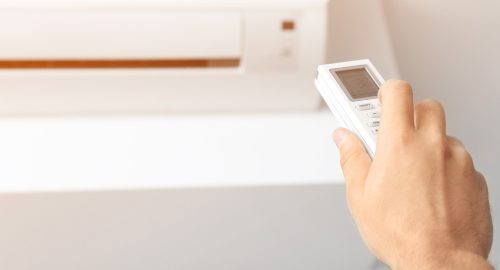Red-tagging is when an HVAC technician inspects or performs maintenance on your furnace and marks it as a danger to your home or business and the health of those inside. At a business, the tech will either place a red tag on the unsafe furnace or shut it down – hence the name red-tagging. How does a furnace become dangerous? What should you look for? What should you do after it is red-tagged? We’ll answer those questions and more with these red-tagging tips.
Stay In the Know
Be aware of what your HVAC company is doing during a furnace tune-up. Ask them to explain their checklist in detail – it should include a comprehensive inspection of the furnace. Don’t be afraid to ask any questions that come to mind.
A technician may spend up to an hour and a half to access the heat exchanger and determine whether it is safe to operate. Also, note that a furnace can still heat your home but be unsafe at the same time. If a safety issue is found, immediately shut down the unit and contact the manufacturer for warranty information.
Why a Furnace Gets Red-Tagged
A cracked heat exchanger is the most common reason for red-tagging a furnace. When a heat exchanger cracks, it releases flue gases, including carbon monoxide (CO), into the air. Any amount of CO released into the air stream may cause the furnace to be red-tagged, even if the heat exchanger isn’t cracked. Dirty burners or gas pressure issues could be other signs of high CO levels. If your furnace does get red-tagged, make sure your technician explains the cause in full.
Post Red-Tagging Steps
The company you hired for the tune-up should give you multiple options for your next step. A technician will immediately shut down a furnace if it is dangerous to operate. After turning off the furnace, the technician should walk you through the replacement process.
If the furnace is no longer under warranty, you will need to decide on the best replacement option and schedule another service to purchase and install a new furnace.
Fireplaces or space heaters are good options to provide temporary heat while you decide, but they won’t keep pipes from freezing. In winter, keep the decision-making process to three days or fewer.
For more information about red-tagging, or to schedule a furnace tune-up, contact Stafford Home Service Inc. today.








